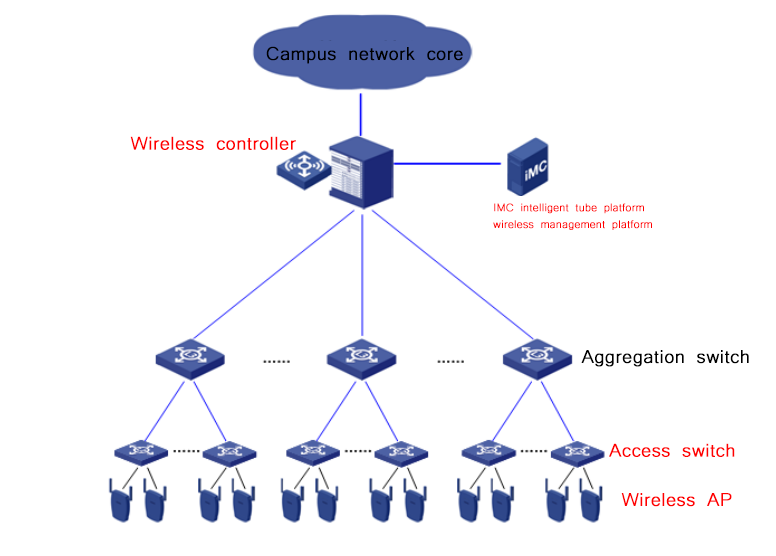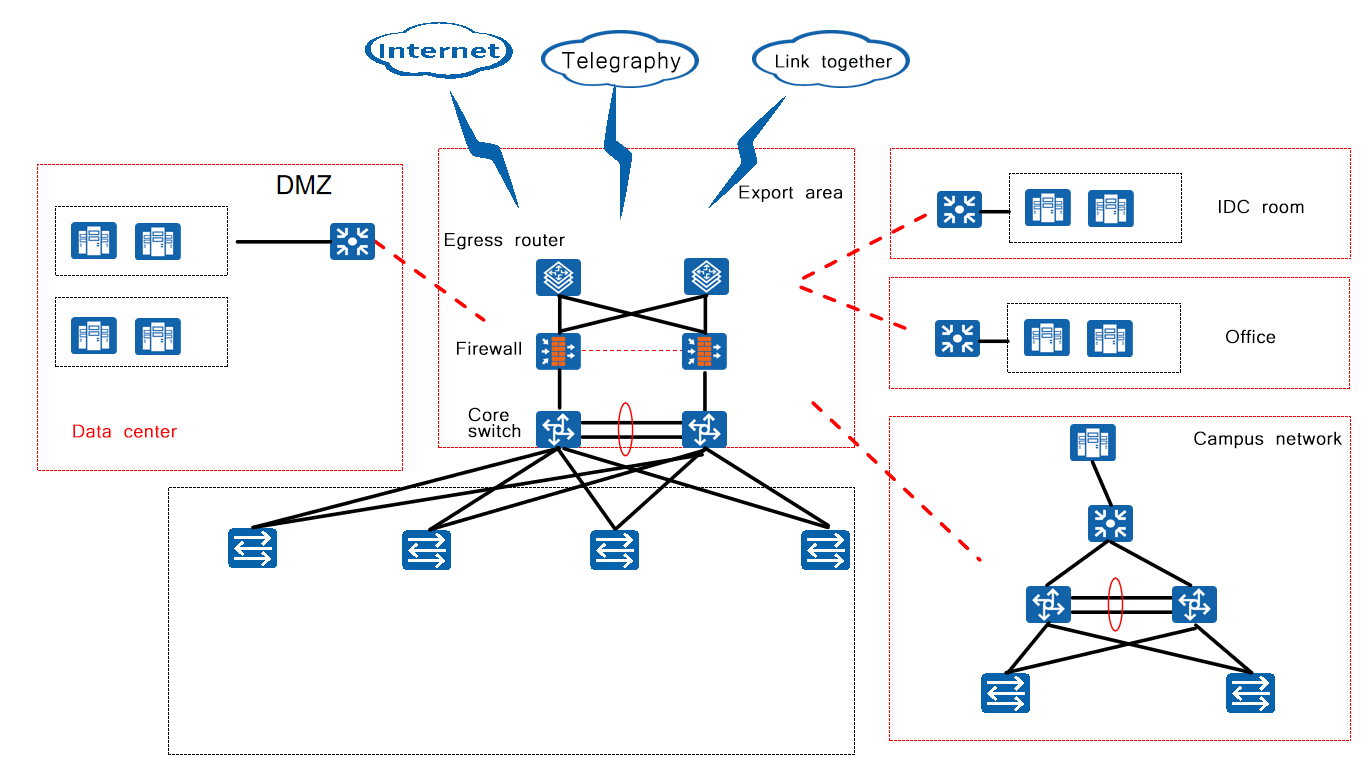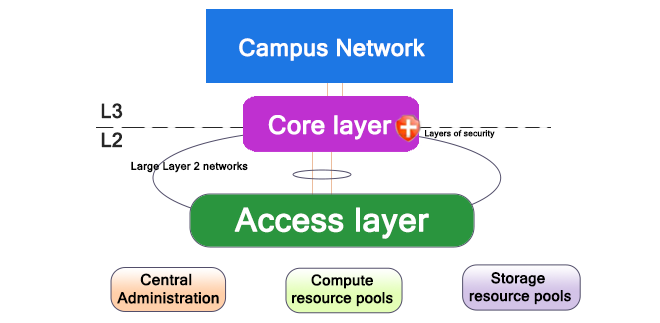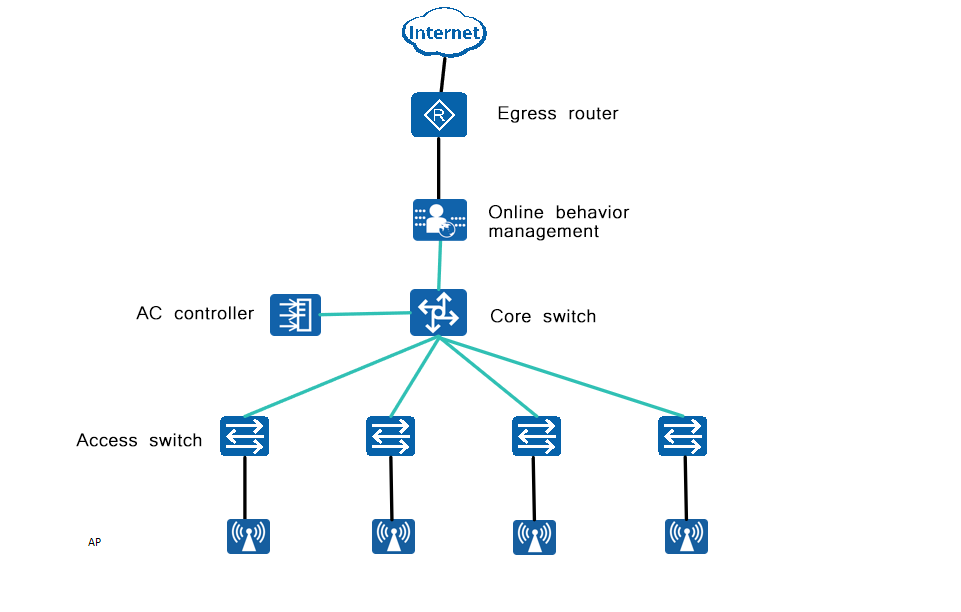














With the rapid development of information technology, the smart education network has become an essential platform for information exchange between education bureaus, schools, teachers, students, and parents. However, while enjoying the convenience brought by informatization, we must also recognize the importance of the security of the smart education network.
The smart education network serves education management, teaching resource sharing, information exchange, and other educational activities. It is a specialized internet technology network for the education sector, offering higher security, stability, and specialized services compared to the general internet. The education bureau of a city in Hebei Province invited Netlink Communications engineers to implement a security setup for its smart education network to ensure student information safety and privacy protection, prevent cyberattacks, and avoid data breaches.
The smart education network involves a large amount of personal information and learning data of students, such as personal identity information and academic performance. Securing the network can protect this information from being stolen and misused by hackers.
As an informatization platform, the smart education network could become a target for hackers, leading to cyberattacks and malware infections that could paralyze the network. Strengthening network security can effectively prevent such incidents.
The smart education network includes various student courses and serves as a good platform for student learning and home-school communication. Ensuring network security can maintain the integrity and reliability of information dissemination and communication, preventing interruptions or distortions caused by cyberattacks or viruses, and ensuring the smooth progress of educational activities.
The smart education network, as a bridge for communication between the education bureau and schools, is crucial for promoting educational informatization and improving quality. Ensuring the secure operation of the network is essential to better utilize information technology for optimizing educational resource allocation and improving educational management efficiency.
The smart education network contains a vast amount of personal data and privacy information, such as student identity authentication and academic performance. If security is not ensured, it could lead to severe consequences, such as information leakage and data tampering. The network security setup must meet the requirements for personal privacy protection.
The smart education network is responsible for information transmission and communication between the education bureau and schools. Any downtime would severely impact the normal functioning of educational activities, significantly disrupting educational order.
The network setup for the education bureau's smart education network consists of three parts: data storage center, core export area, and security audit area. At the core export layer, we use the H3C SR8803-X-S router, which boasts industry-leading data throughput and packet forwarding rates to meet daily operational needs and ensure network security.
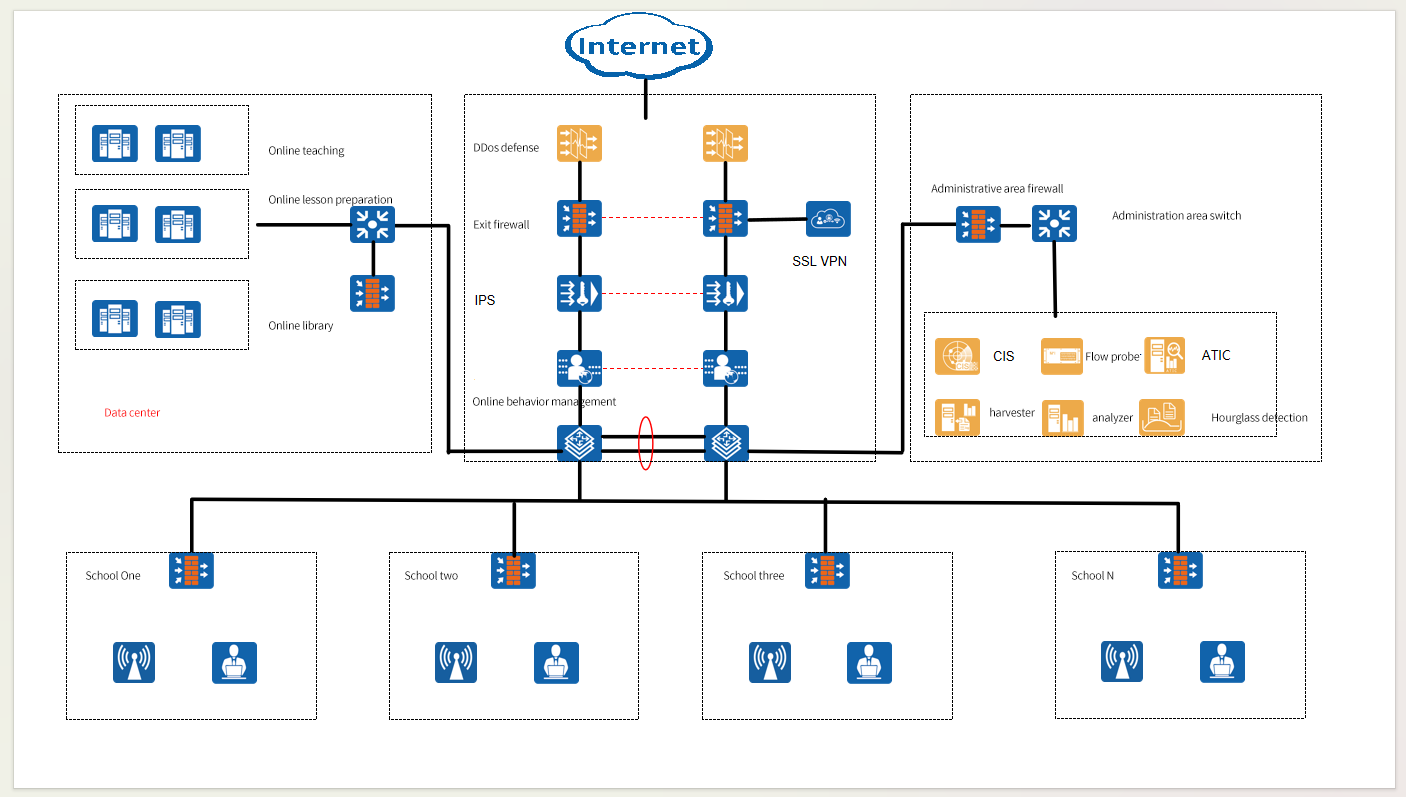
The preferred solution for the smart education network setup includes:
All products are from the H3C brand.
| Product Name | Product Model | Product Picture | Quantity | Brand |
|---|---|---|---|---|
| Core Router | SR8803-X-S | 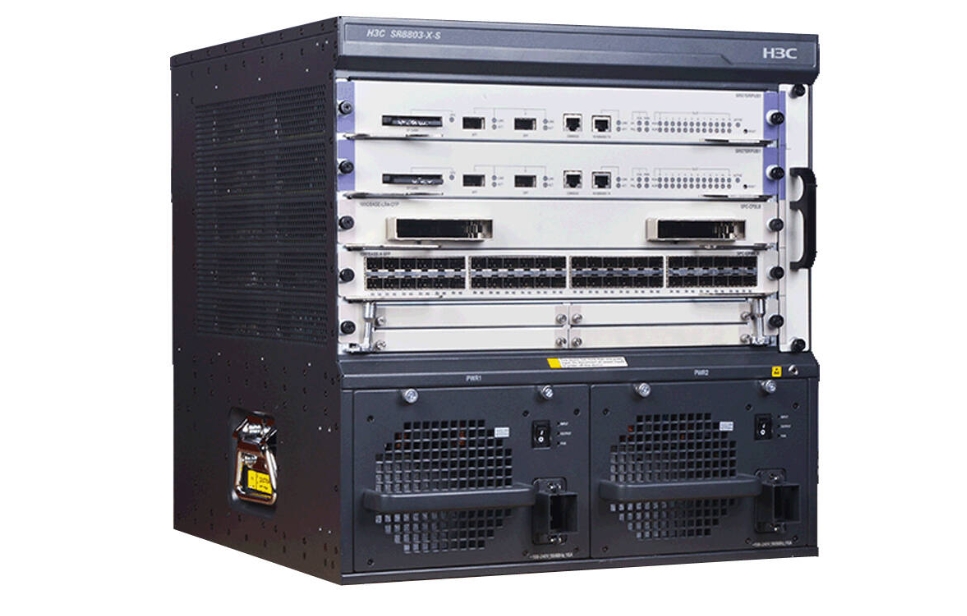 |
2 | H3C |
| Aggregation Switch | S6880-48Y8C | 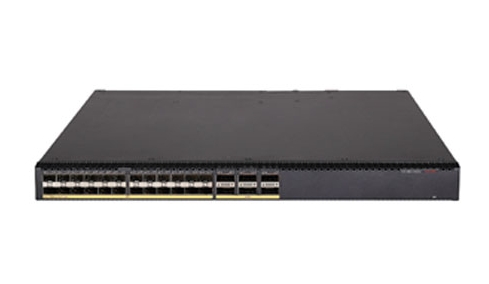 |
2 | H3C |
| IPS | SecPath T1020 | 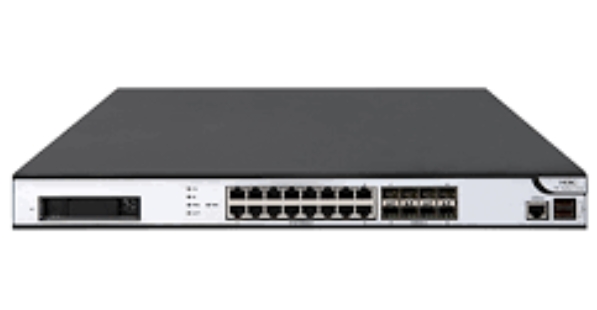 |
2 | H3C |
| Firewall | F5000-AI-15 | 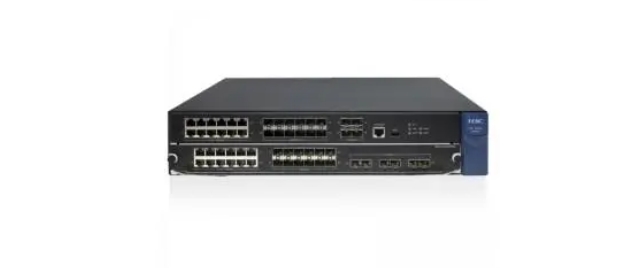 |
8 | H3C |
| DDoS Defense | SecPath AFC2000-G |  |
2 | H3C |
| Internet Behavior Management | SecPath ACG1000-SE | 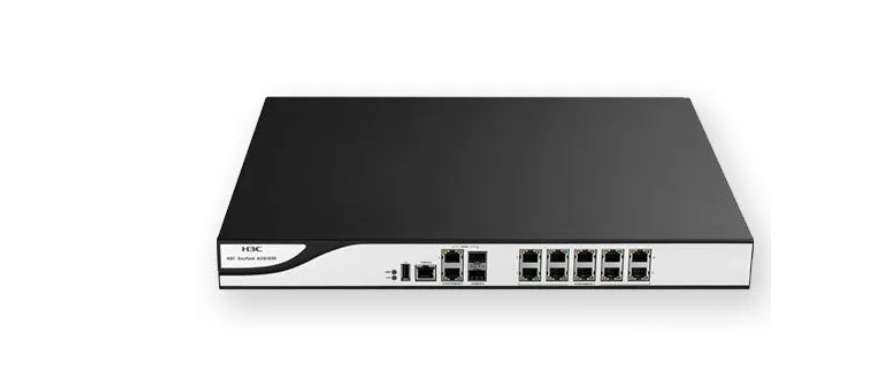 |
2 | H3C |
The security of the smart education network is directly related to the advancement of educational informatization and the improvement of service quality. Ensuring the network's security allows the education bureau to better leverage information technology to enhance educational management efficiency, optimize resource allocation, and provide more convenient and efficient services, driving continuous improvement in educational informatization.
This network design architecture not only aims to build an industry-leading information infrastructure for schools but also considers construction costs, providing a cost-effective plan that meets needs for the next 8-10 years, protecting user investment with the most advanced products and solution architecture.
